
Introduction – Roofing Repair
As a homeowner, taking care of your roof is essential for protecting your home and family from the elements. Although certain roof repairs may necessitate the skills of a professional, you can handle minor fixes on your own if you’re equipped with the proper tools and know-how.. In this: The ultimate guide to DIY roofing repair: tips & tricks for homeowners, we will provide you with valuable tips and tricks to help you successfully repair your roof and maintain its integrity.
Section 1: Assessing the Damage

Before you begin any roofing repair, it’s crucial to assess the extent of the roof damage. Here are some steps to help you evaluate the condition of your roof:
Inspecting for Leaks
The first step in assessing your roof’s condition is to look for signs of leaks. Check for water spots on your ceiling or walls, as well as water stains on the attic floor or ceiling. Additionally, be on the lookout for missing or damaged roof shingles, cracked flashing, and damaged roof pipe boots. These areas are prone to water leaks and should be addressed promptly.
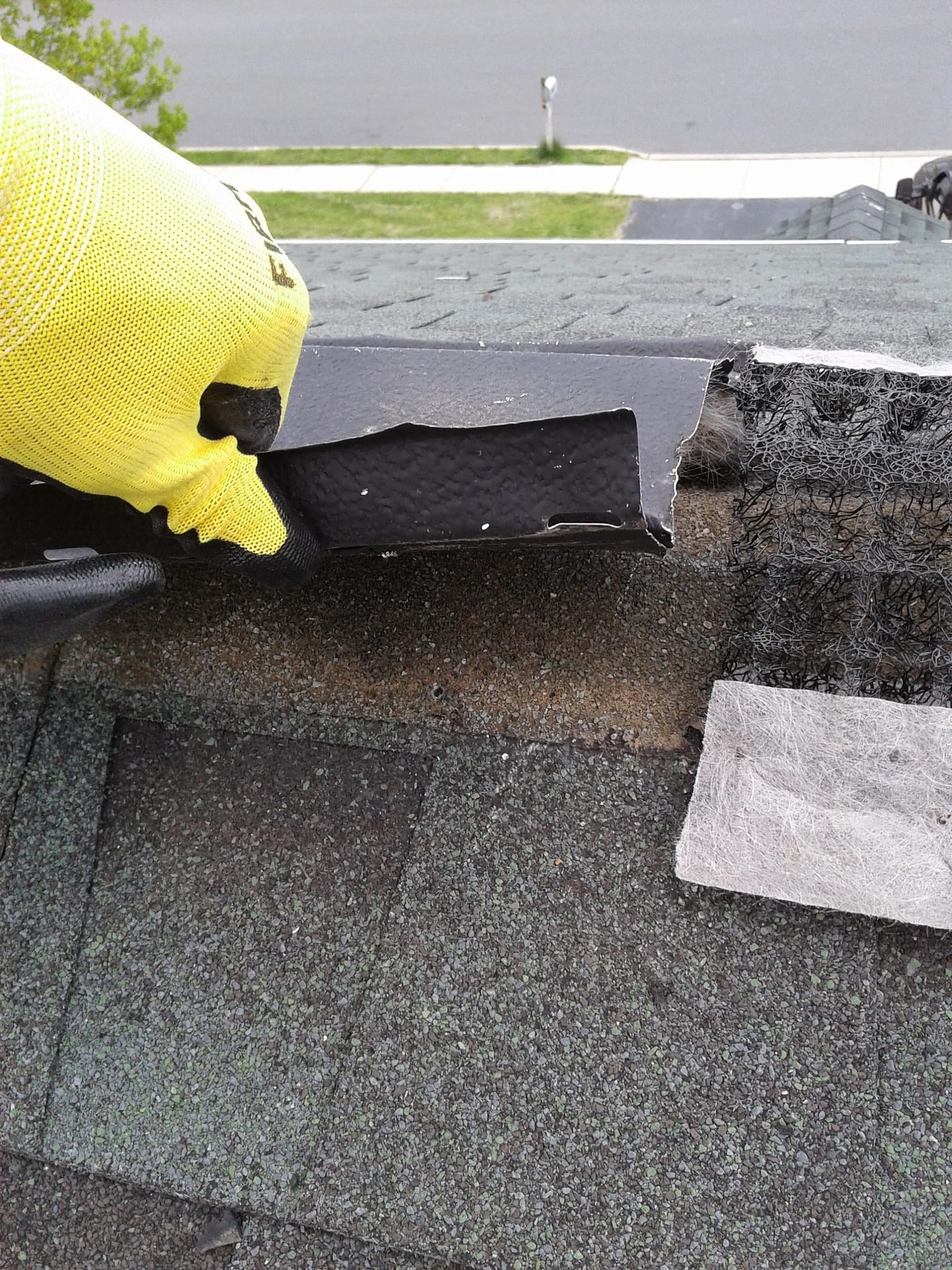
Pinpointing the Source of Leaks
It’s important to note that the location of water spots on your ceiling may not necessarily indicate the exact source of the leak. To pinpoint the source, examine your attic ceiling for flow lines or hire a professional roofer to closely inspect your shingles. Identifying the exact location of the leak will help you target your repair efforts effectively.
Evaluating the Roof’s Age
Consider the age of your roof when assessing the damage. If your roof is old and nearing the end of its lifespan, it may be more susceptible to leaks and other issues. In such cases, a complete roof replacement might be a more viable option than attempting DIY repairs.
Section 2: DIY Roofing Repair Tips
Once you have assessed the damage from leaking roof, you can proceed with DIY roofing repair. Here are some essential tips to keep in mind during the repair process:
Safety First
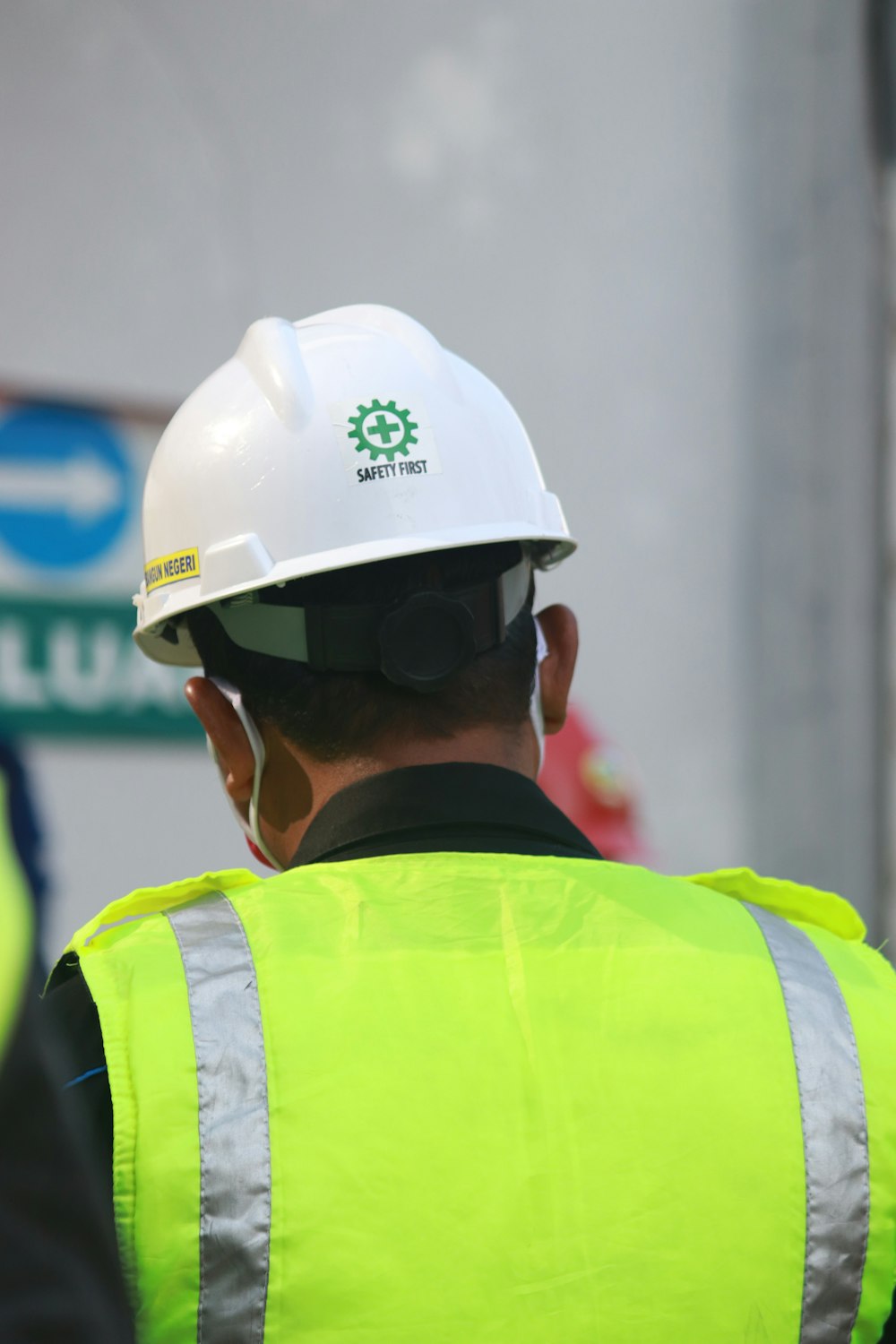
Before you begin any work on your roof, prioritize safety. Ensure that you are properly dressed, preferably in long sleeves and pants, and wear rubber-soled shoes for better traction. Remember, being on the roof can be dangerous, so exercise caution at all times.
Use Matched Shingles
When replacing cracked or damaged shingles, it’s essential to use shingles that match your existing ones. This will ensure a cohesive look and maintain your home’s curb appeal. Consider the color, style, and brand of your current shingles when selecting replacements. Although matching faded shingles may be challenging, strive for the closest match possible.
Check and Repair Flashing
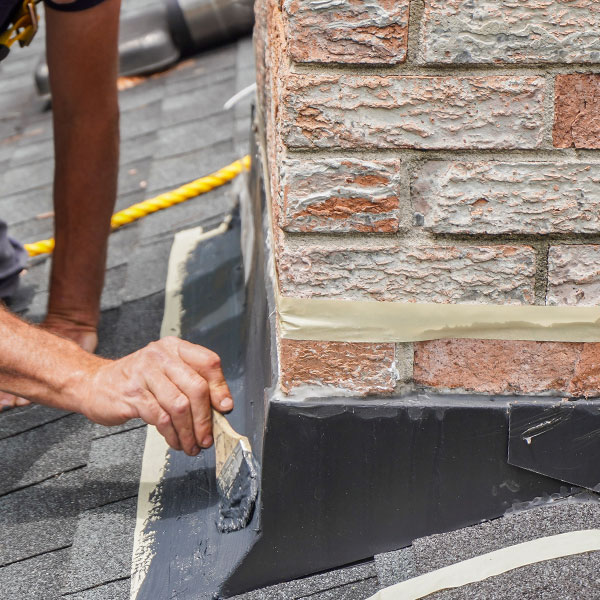
Inspect the flashing on your roof, which is thin metal sheeting that seals areas prone to leaks. Make sure it is properly nailed down and laying flat against the roof. If you notice cracks, looseness, or gaps in step flashing, nail it back down and seal it with roof cement. Additionally, check the caulking around vents and ensure it is intact. Any cracks should be sealed to prevent water infiltration.
Proper Nail Placement
When installing new shingles or replacing damaged ones, pay attention to nail placement. Use aluminum or galvanized stainless steel nails to prevent rusting. Position nails underneath the shingle just above the one being installed. In areas where exposed nails that cannot be covered by a shingle, apply caulk or roof sealant over them to ensure a watertight seal.
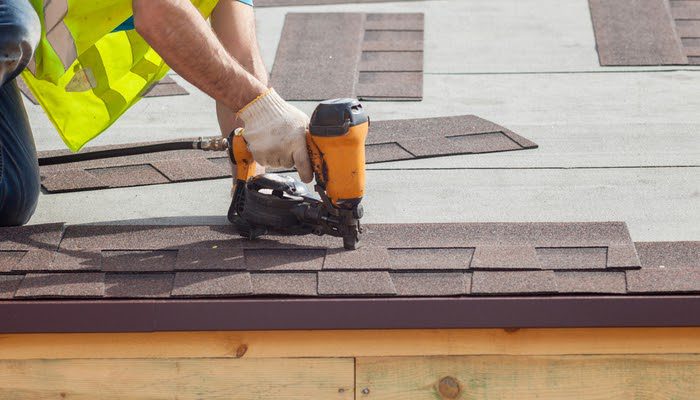
Avoid Temporary Fixes
While it may be tempting to use caulk or other temporary fixes for small leaks, it’s important to address the root cause of the problem. Temporary solutions can lead to more significant damage if small roof leak are not properly addressed in time. Take the time to identify the issue accurately and use the appropriate materials to fix it.
Know Your Limits
Recognize your limitations and understand when a repair is beyond your DIY capabilities. Some repairs require professional expertise and equipment. Attempting complex repairs on old roof without the necessary skills can result in further damage and costly repairs in the future. Don’t hesitate to call a professional roofer for assistance when needed.
Section 3: Hiring a Professional
While DIY repairs can be cost-effective and rewarding, there are instances when hiring a professional roofer is the best course of action. Here are some factors to consider when deciding whether to DIY or hire a professional:

Complexity of the Roofing Repair
Evaluate the complexity of the repair needed. If the repair requires specialized knowledge, equipment, or expertise, it’s best to leave it to the professionals. Roofing professionals have the experience and skills to handle complex repairs effectively and efficiently.
Safety Concerns
Consider your safety when deciding whether to DIY a roof leak or hire a professional. Roofing repair work can be hazardous, especially for those without proper training and safety equipment. If you are uncomfortable or inexperienced with working at heights, it’s safer to rely on professionals who are equipped to handle the job safely.

Time and Convenience
DIY repairs can be time-consuming, especially if you have limited experience. Hiring a professional allows you to save time and ensures that the repair is completed promptly and effectively. Professionals have the necessary resources and manpower to tackle repairs efficiently.
Insurance and Licensing
Make sure to engage a licensed and insured professional roofer for your project. A licensed contractor offers the assurance of meeting regulatory standards, while insurance coverage safeguards you against any potential liabilities, such as accidents or damages to your property during the repair work.
Quality Workmanship and Warranty
Professional roofers are trained to deliver high-quality workmanship. They have the expertise to identify underlying roofing issues and provide comprehensive roofing repair. Additionally, reputable roofing companies often offer warranties on their work, providing further assurance that the repair will be done correctly.
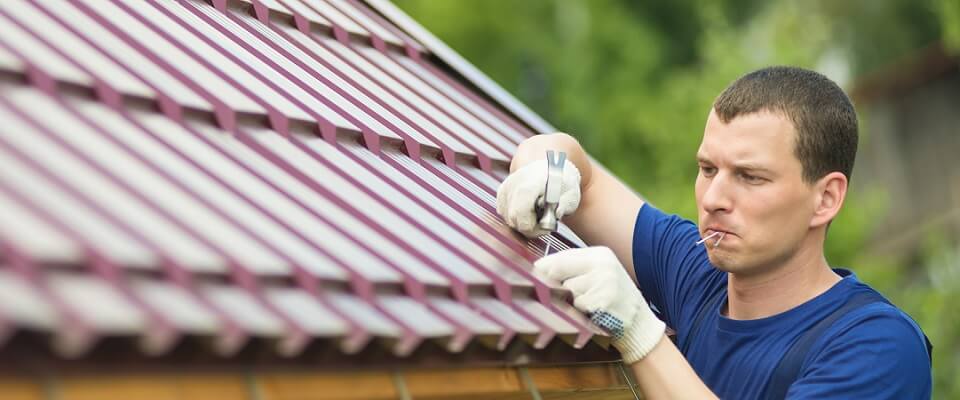
Section 4: Finding a Trusted Roofer
If you decide to hire a professional roofer, it’s crucial to find a trusted and reliable contractor. Here are some steps to help you find the right roofer for your needs:

Research and Reviews
Start by conducting thorough research and reading reviews of local roofing companies. Look for reputable contractors with positive customer feedback and high ratings. Online review platforms and local directories are valuable resources for finding reliable roofers in your area.
Licensing and Insurance
Confirm that the roofing contractor you’re looking into has the proper licensing and insurance. Scrutinize their qualifications and certifications to make sure they comply with all requisite standards. Having insurance safeguards you from any financial liabilities that may arise from accidents or property damage throughout the duration of the roofing work.
Local Presence
Choosing a local roofing company offers several advantages. Local contractors have a better understanding of the local climate and conditions, allowing them to provide tailored solutions for your area. Additionally, working with a local company promotes community involvement and supports your local economy.
Pricing and Estimates
Obtain multiple quotes and estimates from different roofing contractors. Compare the pricing and services offered to ensure you are getting a fair deal. Be wary of significantly lower prices, as they may indicate subpar materials or workmanship. Choose a contractor who provides a detailed estimate and transparent pricing.
Conclusion
Roofing repair can be a manageable DIY project, provided you have the necessary knowledge, skills, and safety precautions. By following the tips and tricks outlined in this guide, you can successfully tackle small roof repairs and maintain the integrity of your home. However, when in doubt or facing complex repairs, it’s always best to consult with a professional roofer. They have the expertise and resources to ensure your roof is repaired effectively and efficiently, giving you peace of mind and protecting your home for years to come. Remember to prioritize safety, use appropriate materials, and maintain regular roof maintenance to extend the lifespan of your roof.
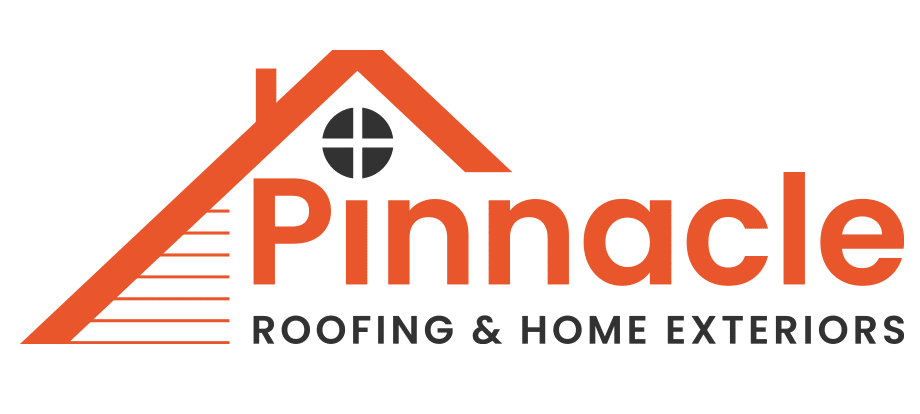
Comments are closed